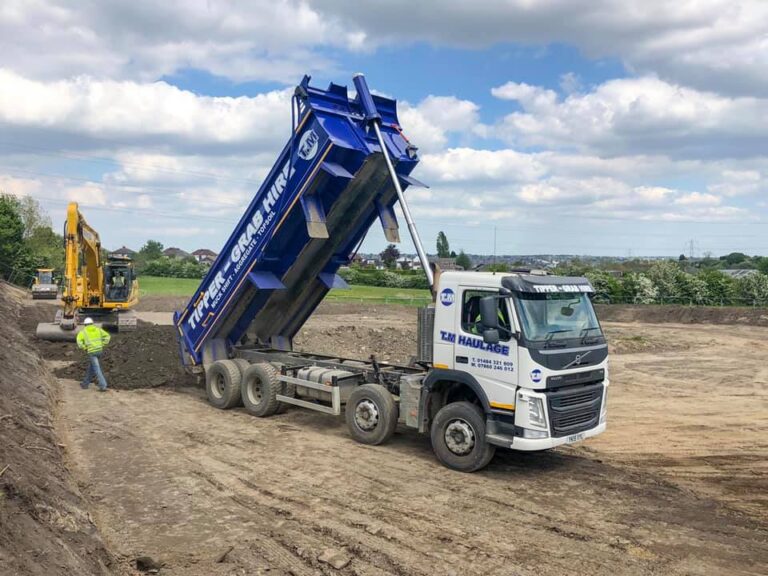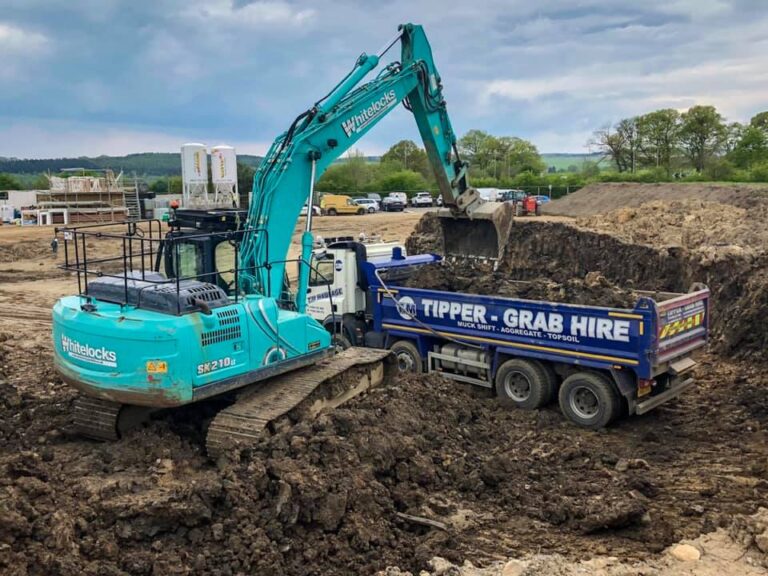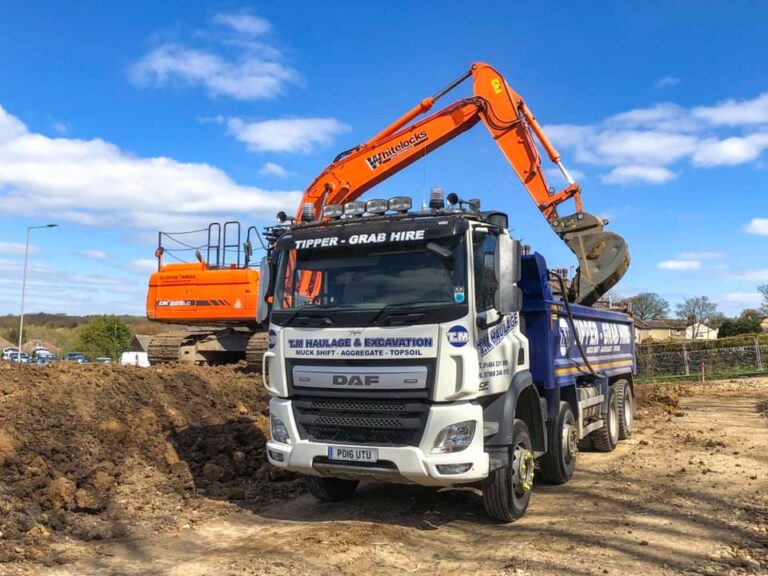Aggregate Recycling: A Sustainable Solution for Modern Construction Aggregate recycling is an eco-friendly process that involves the recovery and reuse of construction materials such as concrete, asphalt, and gravel. With growing concerns about environmental sustainability and the depletion of natural resources, aggregate recycling has become an essential practice in the construction industry. It not only conserves resources but also reduces waste and minimizes the environmental impact of construction projects.
What is Aggregate Recycling?
Aggregate recycling is the process of reclaiming materials from demolition or construction sites and converting them into reusable aggregate. These materials, often referred to as recycled aggregates, are processed and used in new construction projects. Common sources include demolished buildings, roads, bridges, and other infrastructure.
The process typically involves sorting and cleaning materials, crushing them into smaller pieces, and screening them to meet specific size and quality requirements. The resulting recycled aggregates can be used for a wide range of applications, including road construction, drainage systems, and as a base material for new buildings.
Benefits of Aggregate Recycling
Environmental Sustainability
Recycling aggregates reduces the need for mining natural materials, helping to conserve natural resources like gravel, sand, and stone. It also reduces the energy consumption associated with quarrying and transportation, thereby lowering carbon emissions.
Waste Reduction
Construction and demolition waste (C&DW) are among the largest contributors to landfill sites. Aggregate recycling helps divert this waste from landfills, promoting a circular economy and reducing the burden on waste disposal systems.
Cost-Effectiveness
Recycled aggregates are often more affordable than virgin materials, as they eliminate costs associated with extraction and long-distance transportation. Additionally, projects that utilize recycled materials may qualify for green certifications, providing economic incentives.
Versatility
Recycled aggregates can be used in a variety of construction applications, including road base, concrete production, landscaping, and drainage systems. This versatility makes them a viable alternative to natural aggregates in many scenarios.
The Recycling Process
Collection and Transportation
Materials from demolition sites are collected and transported to recycling facilities.
Sorting
Recyclers separate reusable materials from contaminants, such as wood, plastics, and metals.
Crushing and Screening
Reusable materials are crushed into smaller sizes and screened to produce aggregates of varying sizes and grades.
Quality Control
The processed aggregates are tested to ensure they meet the required standards for strength, durability, and size.
Challenges in Aggregate Recycling
While aggregate recycling offers numerous benefits, challenges remain.
Contamination of waste materials can reduce the quality of recycled aggregates, and not all demolition waste is recyclable. Additionally, there may be limited infrastructure or technology in some regions to process and repurpose these materials effectively.
Conclusion
Aggregate recycling is an integral part of sustainable construction, addressing both environmental and economic concerns. By promoting the reuse of construction waste, it helps reduce the demand for virgin materials and minimizes the environmental impact of development projects. With advancements in technology and increasing awareness of environmental issues, aggregate recycling is set to play an even larger role in the future of the construction industry.


